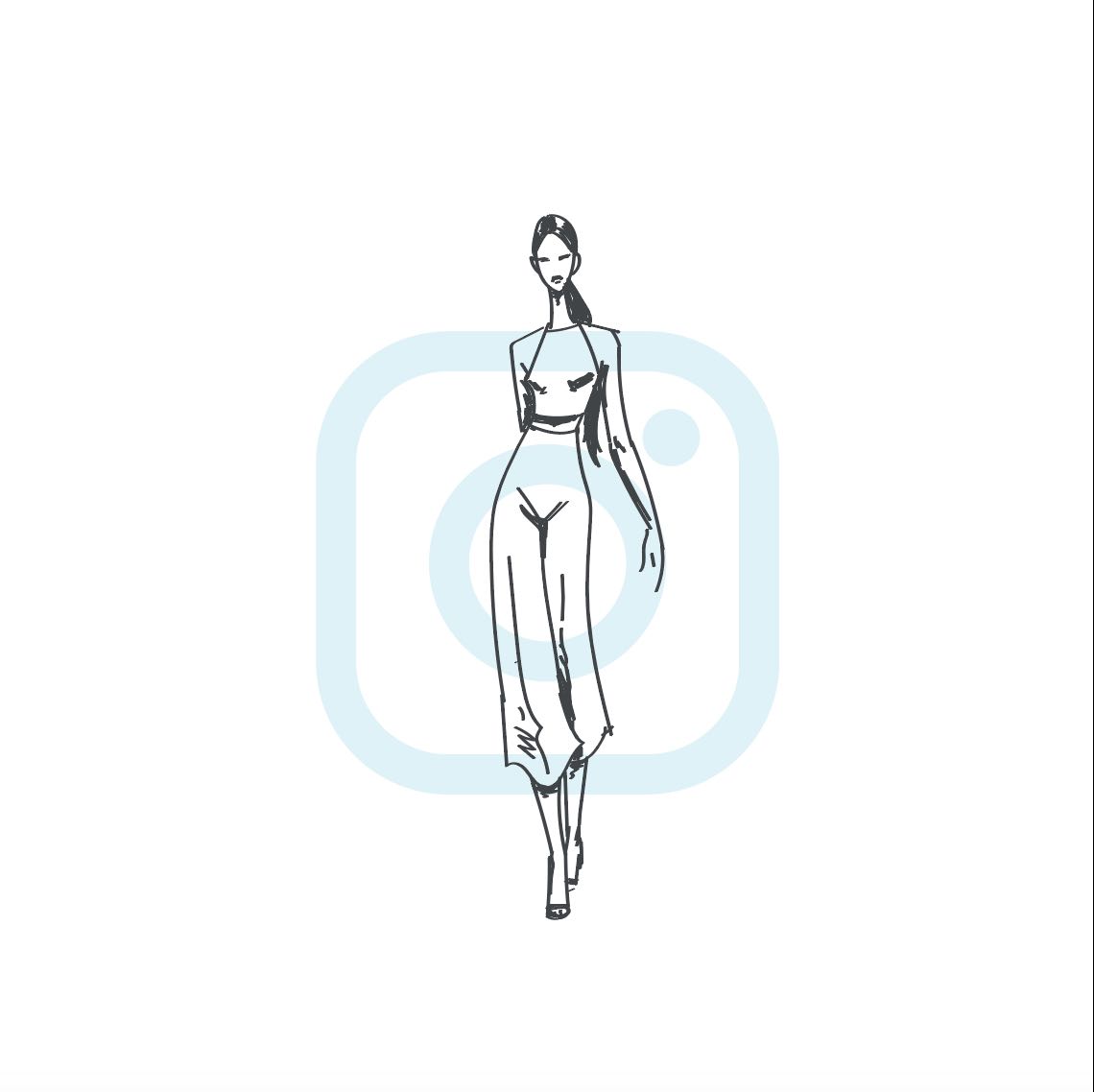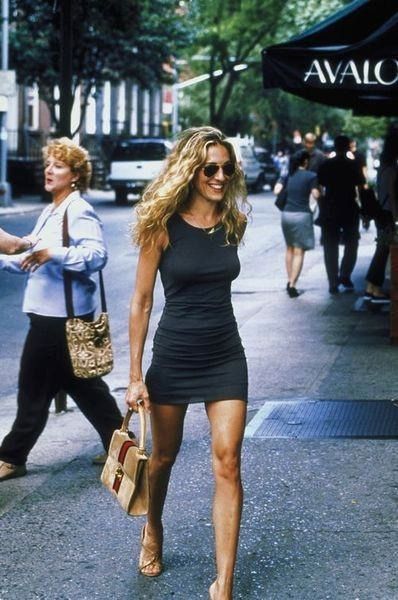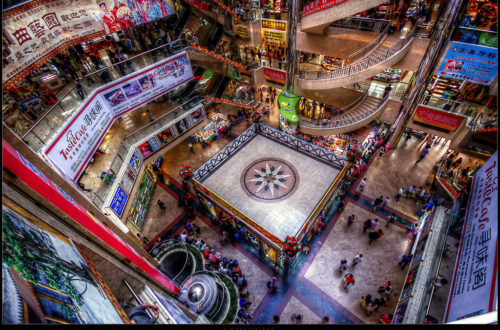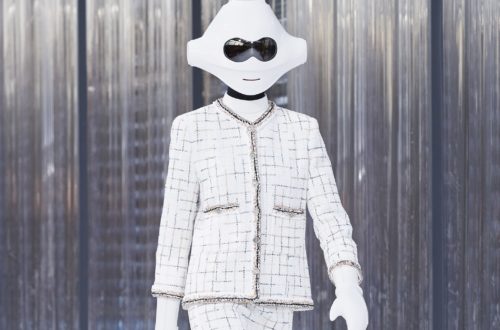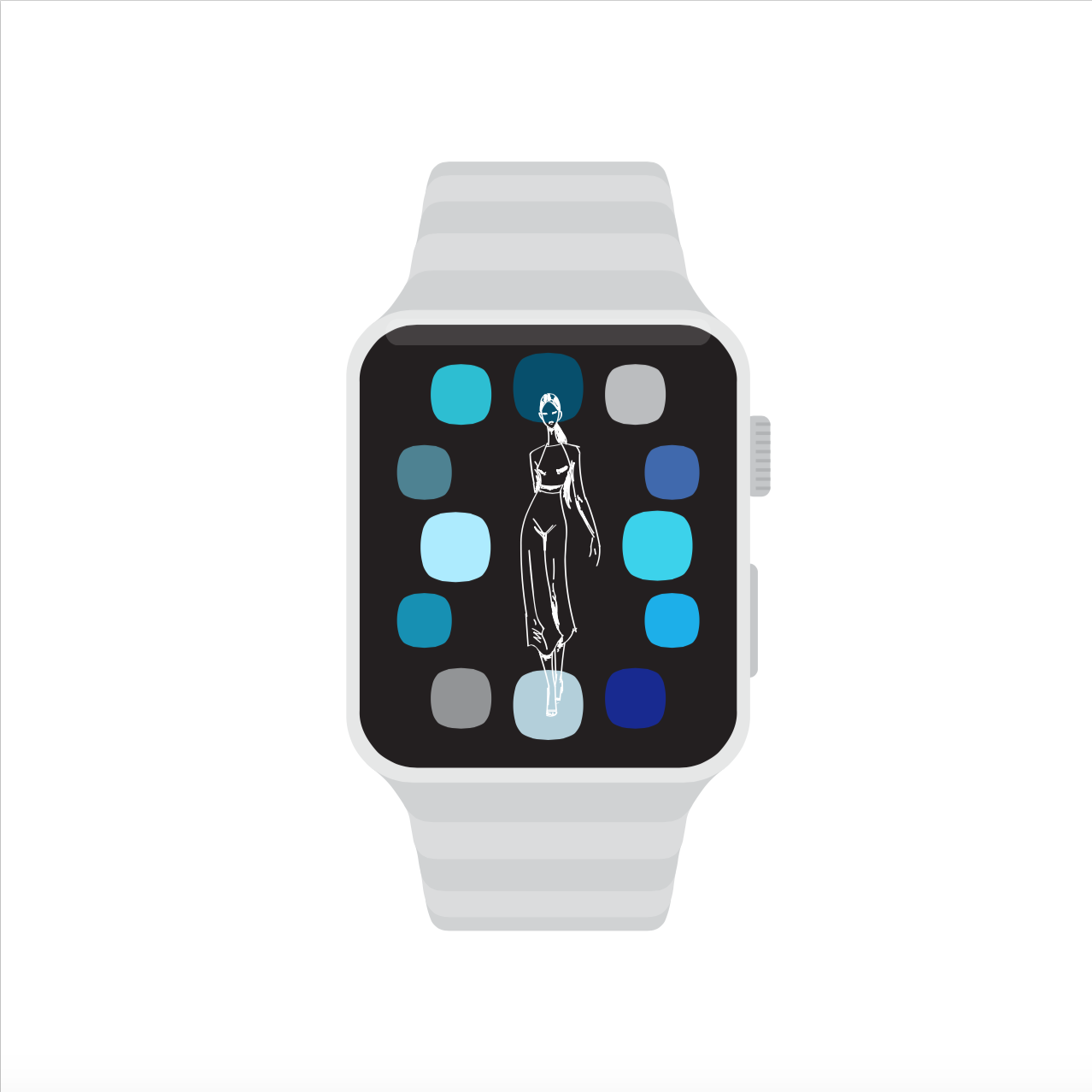Instagram.
The first app you open after pressing snooze and the last one after throwing yourself in bed. It’s a reality, we’re all addicted to the magic of Instagram and its continuous thread of satisfactory images.
However, Instagram is not merely a guilty pleasure we indulge on a daily basis by posting ego-boosting pictures and stalking our favourite celebrities. It is a business tool with a total of 3.5 billion likes a day, the central social media application for all fashion brands regardless of size and target audience. And with its inception, a new era for advertising has begun. The ‘gram’ is the new showroom for fashion brands, their builder of reactions (entertainment time!), engagement and social capital.
 Courtesy of fashionista.com
Courtesy of fashionista.com
We could go as far as to say that brands create fashion to achieve a desired social effect. It’s the reign of reverse strategy. They have entered the quest of creating unfashionably chic, ‘cool’ content to grab our short and precious attention span and prevent us from scrolling down to the next attention-catcher. See Balenciaga’s new Japanese-pop-Barbie Crocs AKA the buzz and sensation at this fall’s Paris fashion week, a more than intentional shift from the Balenciaga brand image. Indeed, their Instagrammable look created noise and gathered the attention of the entire fashion sphere: ‘kitsch’, ‘awesome’, ‘the ugliest shoes ever made’.
And God bless Instagram.
So, is the goal to primarily make noise and not fashion, thanks to Instagram, the ultimate mass amplifier and new creative director?
Is Instagram new technique to attract customers by creating a carefully curated brand?
Today, fashion brands aim at crafting a desired reaction in physical form, there is a subjugation of the product itself. The bags, the shoes, the sunglasses are designed to fill and match the assortment of images of the brands Instagram feed. Sometimes, the products are simply noise-makers, an end in themselves.
 Courtesy of Gucci
Courtesy of Gucci
The zero barrier to enter digital media today (i.e. Instagram) is the perfect tool to catch our attention because let’s face it, brands are in a battle with prize our cash-spending attention. So, everybody does it. Every fashion brand is forced to go online and follow this strategy. From Gucci’s meme campaign to Dior’s Instagram-exclusive ‘What would you do for love?’ campaign.
The ulterior effects?
On the one hand, niche brands and start-ups are able to find, present and convince influencers and consumers of their brand personality and culture through Instagram.
Forget magazines, the gram is the new headline.
Through careful curation, these brands offer a glimpse into their world and unique differentiated concept (see behind-the-scenes Instagram stories). It’s a new kind of storytelling. Instagram becomes a milieu of collaboration, expression, inspiration and creativity.

Courtesy of Balenciaga
On the other hand, Instagram strategies lead to a shift in the brands concept and values. Gucci’s re-birth and effortless appeal to millennials would not have been possible without Instagram. In this case, Instagram is a platform for experimentation and creation.
However, this is merely short-term hype; as short as an insta-story. In my view, this is leading to fast fashion effects, drifting away from the timelessness of haute couture: you design for reaction and virality. It’s certain that the interest and desire for high fashion grew but it is accompanied by the ‘challenge of creating the timeless in a fast world with immediate communication and extreme visibility’ as Maria Grazia Chuiri, Creative Director of Dior expressed at a talk in the Artissima Art fair in Torino.
 Courtesy of Dior
Courtesy of Dior
For sure, the goal and objective is to increase turnover and it works. The use, or rather reign, of Instagram is the catch for high-income millennials that represent 53% of users. No wonder that Gucci, the fashion house with the most efficient (and fashionable) use of Instagram is considered the hottest brand.
So, yes, do it for the gram.
by Daphne Doukidis

